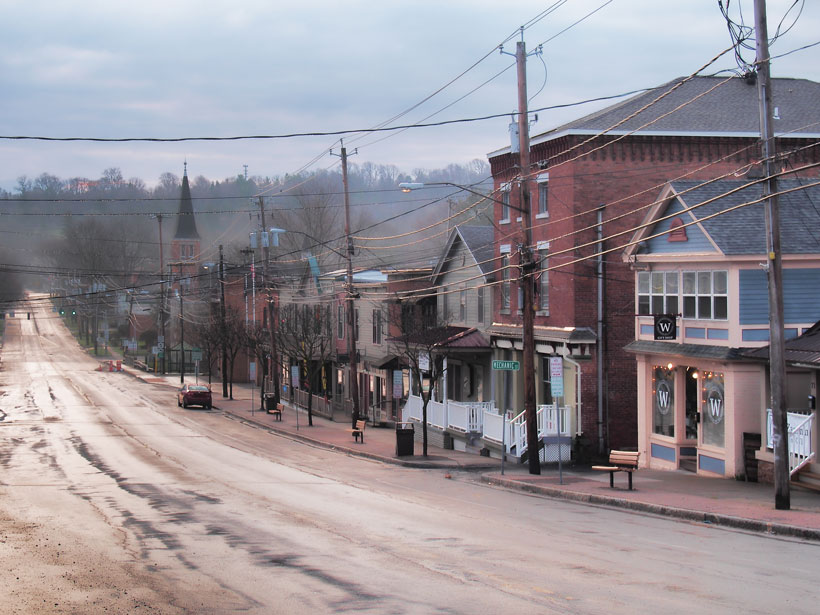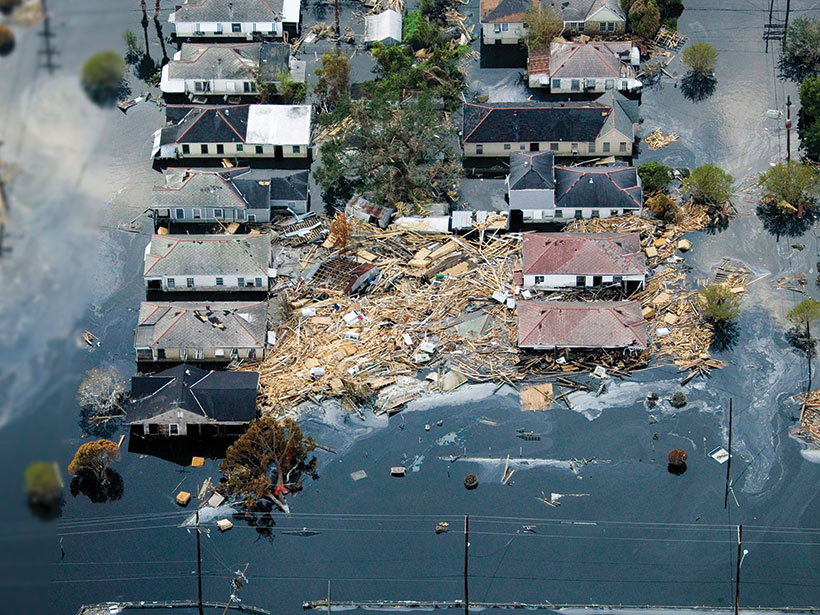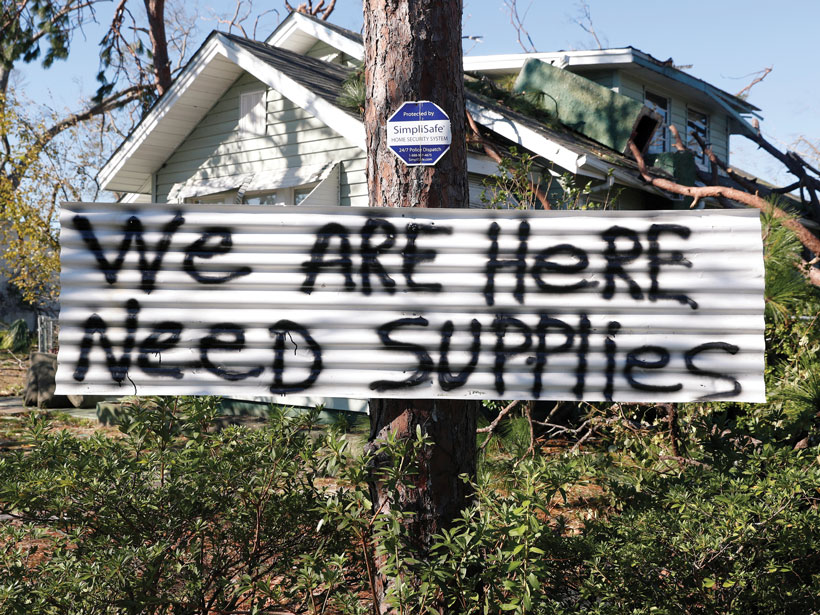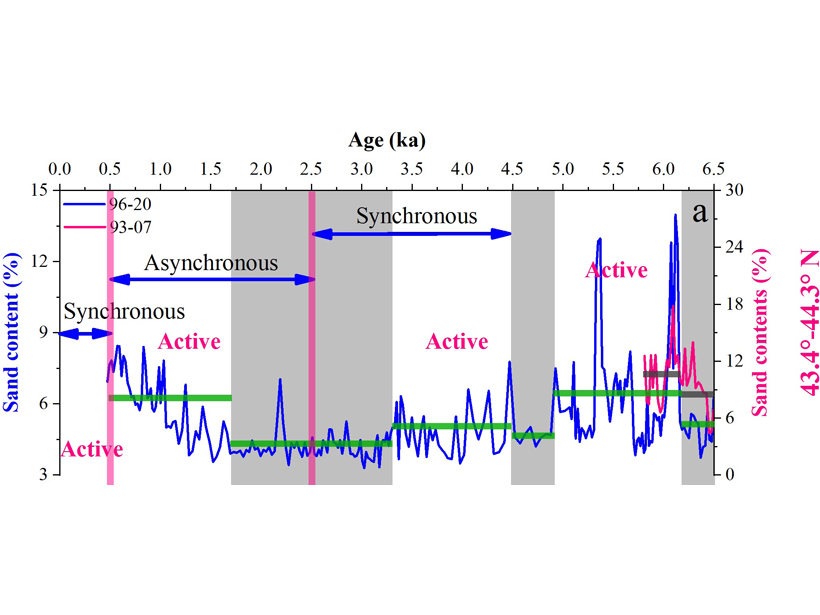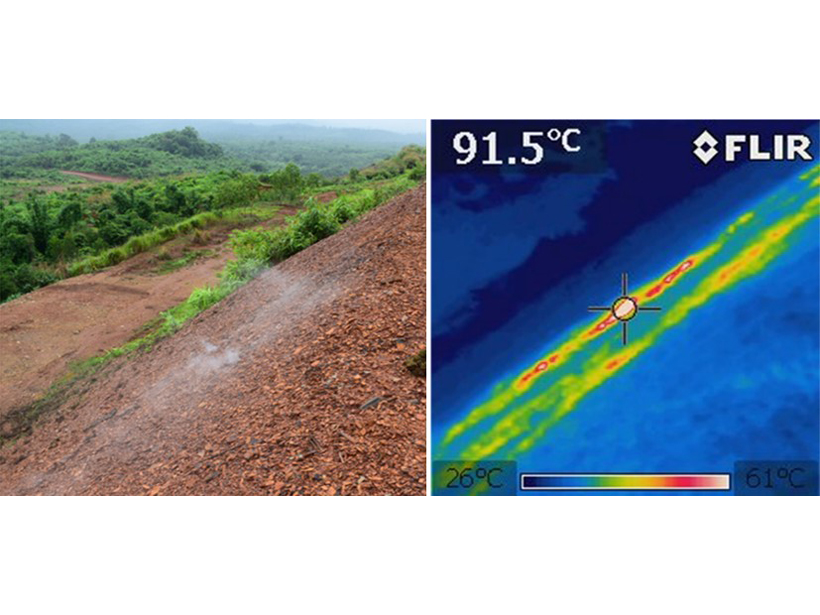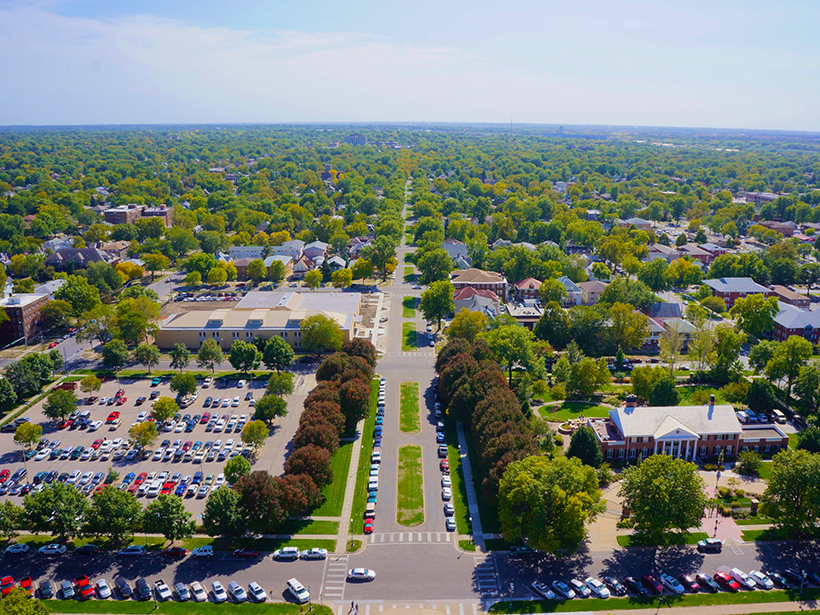In the March issue of Eos, we look at how scientists who study earthquakes, floods, and other hazards are factoring people into their models.
disaster management
Building Resilience in Rural America
People in rural communities are often hit disproportionately hard by natural hazards, largely because of in-equitable and inflexible risk reduction policies. But there are ways to change that.
Assessing Social Equity in Disasters
Natural hazard impacts and resources allocated for risk reduction and disaster recovery are often inequitably distributed. New research is developing and applying methods to measure these inequities.
Natural Hazards Have Unnatural Impacts—What More Can Science Do?
As disadvantaged communities suffer disproportionately from natural hazards, scientists, policymakers, and emergency managers explore why policies are failing—and what can be done about it.
An Unfought Geoscience Battle in U.S. Prisons
Prisoners, activists, and lawyers are fighting to protect incarcerated people from pollution and the dangers of climate change. There’s a place for geoscientists in the fight too.
Abrupt Climate Shifts Change the Latitudes of Storm Activity
A new 6500-year construction of storms combined with other paleo-storm records finds abrupt changes in the Atlantic Ocean circulation impact the latitudinal preference of storm activity.
Citizen Science Reduces Risks from Combusting Coal-Mine Wastes
A community-based citizen science study on spontaneously combusting coal-mine waste heaps in Myanmar underpins the development of risk management plans to protect individuals and communities.
Heavy Rains, Human Activity, and Rising Waters at Lake Victoria
Water levels in Africa’s largest lake have risen over a meter since last fall and continue to increase as land use changes and heavy rains enhance the flow.
Geoscientists Help Map the Pandemic
Data visualization and mapping are valuable tools in the fight against COVID-19. Geoscientists can help healthcare workers and shape public policy.
Leveraging Satellite Sensors for Oil Spill Detection
By using multiple remote sensors, scientists can quickly estimate the nature and thickness of oil spills—important factors for containment efforts.


